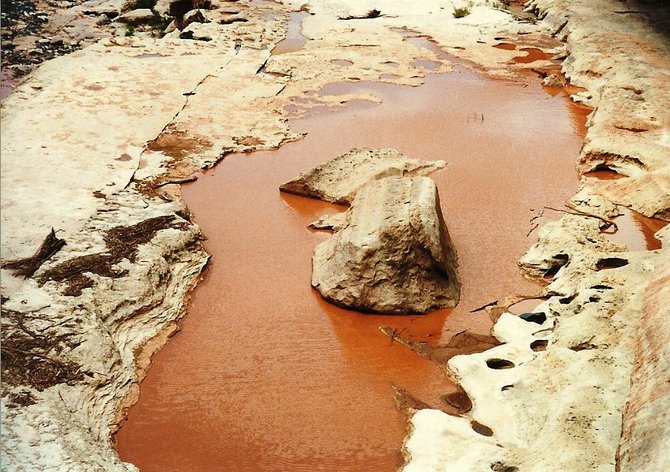 Facebook
Facebook
 X
X
 Instagram
Instagram
 TikTok
TikTok
 Youtube
Youtube

If you're planning to visit the Grand Canyon, you should check out Sunset Crater National Monument as well. Sunset Crater is just 30 minutes north of Flagstaff, Arizona on Highway 89. The crater was formed about 1000 years ago during a series of volcanic eruptions that devastated all life in its path. Today, the volcanic crater has slowly recovered, with animals, cacti, plants and wildflowers calling it home.
Sunset Crater offers you a close and personal look at what a volcano can do with its destructive force. Begin your visit at the Sunset Crater visitor center, located near the park entrance, where you can view exhibits and learn about the extinct volcano’s history. The best time to visit is spring or fall.
After exploring the visitor center, there‘s much to do and see. I recommend two trails, the Lava Flow Trail and the Lenox Crater Trail. The latter is more challenging, with steep hills, sharp rocks and loose cinders. Make sure to bring plenty of water.
There’s no camping or lodging in the park itself, but Bonito Campground and Coconino National Forest with full camping accommodations are just minutes away. The monument is open every day of the year (except Christmas Day) from 9 a.m. to 5 p.m. November - April and 8 a.m. to 5 p.m. May — October. Entrance fee is $5 per person for a seven-day pass. National Park Passes are also accepted.
It’s fairly simple to get to the monument. From Flagstaff, follow U.S. 89 north for 14 miles, turn right on the Sunset Crater-Wupatki Loop road and continue for two miles to the visitor center.
(editor's note: trail to the top of Sunset Crater Volcano is closed due to erosional damage)


If you're planning to visit the Grand Canyon, you should check out Sunset Crater National Monument as well. Sunset Crater is just 30 minutes north of Flagstaff, Arizona on Highway 89. The crater was formed about 1000 years ago during a series of volcanic eruptions that devastated all life in its path. Today, the volcanic crater has slowly recovered, with animals, cacti, plants and wildflowers calling it home.
Sunset Crater offers you a close and personal look at what a volcano can do with its destructive force. Begin your visit at the Sunset Crater visitor center, located near the park entrance, where you can view exhibits and learn about the extinct volcano’s history. The best time to visit is spring or fall.
After exploring the visitor center, there‘s much to do and see. I recommend two trails, the Lava Flow Trail and the Lenox Crater Trail. The latter is more challenging, with steep hills, sharp rocks and loose cinders. Make sure to bring plenty of water.
There’s no camping or lodging in the park itself, but Bonito Campground and Coconino National Forest with full camping accommodations are just minutes away. The monument is open every day of the year (except Christmas Day) from 9 a.m. to 5 p.m. November - April and 8 a.m. to 5 p.m. May — October. Entrance fee is $5 per person for a seven-day pass. National Park Passes are also accepted.
It’s fairly simple to get to the monument. From Flagstaff, follow U.S. 89 north for 14 miles, turn right on the Sunset Crater-Wupatki Loop road and continue for two miles to the visitor center.
(editor's note: trail to the top of Sunset Crater Volcano is closed due to erosional damage)
Comments